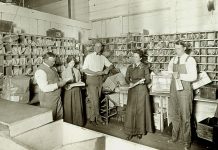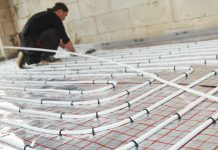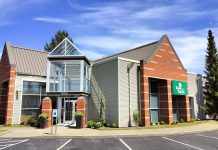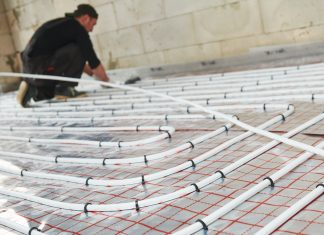If you’ve been considering solar power for your home or business, now might be the best time to take the leap.
Barron Heating—longtime leaders in serving Northwest homes and businesses for heating, cooling, plumbing, and electrical needs—is now offering what they call a “Solar Trifecta.” The package deal consists of a solar power system, heat pump, and accompanying heat pump water heater for under $300 a month, saving the purchaser several thousand dollars when they purchase by November 30, and continued savings every month for years to come.
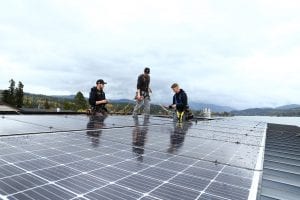
The high-efficiency space and water heating technologies of these electric, solar-powered devices can make a significant impact in driving down utility costs, essentially providing free power for the devices if solar arrays are sized properly.
“Solar has a great return on investment,” says owner John Barron. “Anybody and everybody will be glad when they can have it pay for itself.”
In addition, investing in a solar power system before the end of 2020 allows you to take advantage of soon-to-be-expiring 2020 tax credits. Next year, tax credit rates will drop to 22 percent from the current rate of 26 percent.

For Barron, solar energy isn’t just a business strategy—it’s a sensible, affordable energy philosophy the company prides itself on. In fact, Barron was recently voted one of the best clean energy companies in the Northwest by voters of Bellingham Alive magazine.
Barron’s Ferndale facility has a 100kW solar array on its roof, and owner John Barron has a 10 kW system on his Bellingham home. Both were perfectly located for solar arrays: full exposure with little to no shade. This has put both the company and the home on a path to net zero efficiency.
Solar energy is also an affordable way to exercise environmental stewardship in the community, says John.
“We really live this, in terms of trying to make a difference,” he says. “I can’t put into words what that means to me.”
Being a full-service HVAC, electrical and plumbing contractor, he adds, affords the company the unique perspective of finding solutions to not just how energy is made, but how it’s used and where it can be made most efficient.
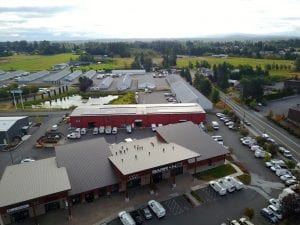
These solutions connect to Barron’s mission of “improving lives” through its Three Pillars—providing comfort, health, and energy efficiency to every customer it serves. And the mission goes beyond simply installing efficient equipment. Barron provides a whole-home approach, focusing on how every system will function and work together for each customer’s unique space and needs.
The idea of widespread solar energy usage is something John Barron compares to contributions made by Americans at home during the first and second World Wars. During those trying times, millions of Americans used patches of lawn, balconies or other spaces to grow their own food in what were called “Victory Gardens.” The idea was to reduce pressure on the public food supply and increase self-reliance, all while also boosting war-time morale.
By mid-1943, just 18 months into WWII, there were an estimated 18 million Victory Gardens in the United States. By the war’s end, it’s estimated up to nearly half of all produce grown in the U.S. came from such gardens.
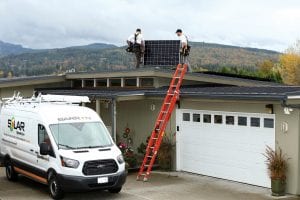
With so many buildings throughout America in optimal locations for solar arrays, Barron says the concept of “Solar Victory Gardens” could be our 21st century contribution—making a huge difference to both our pocketbooks and the environmental health of the world we share.
“What about all those roofs?” he says. “There’s a lot of space out there that can apply that same concept with solar. Can you imagine what an impact we could make if every home or business did their part? The sky is literally the limit! And it’s the right thing to do.”
Sponsored










